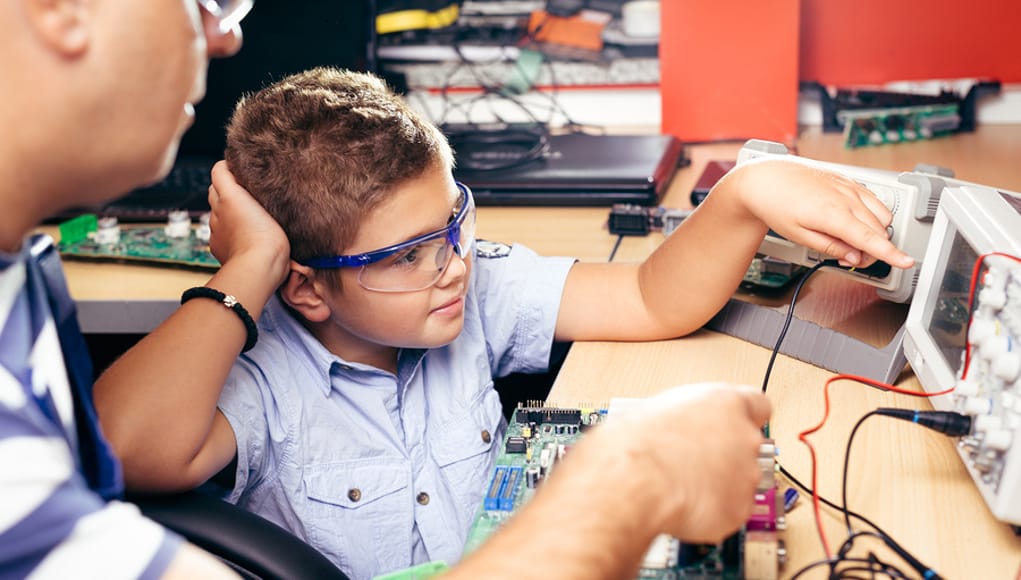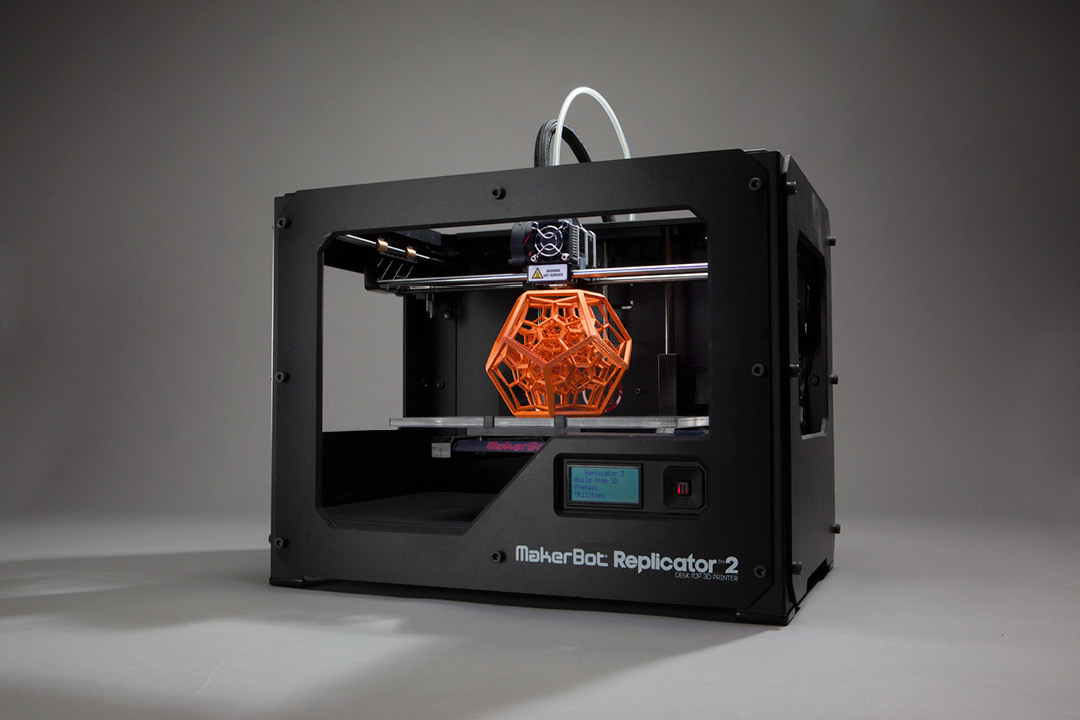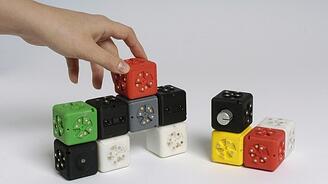RobotLAB Blog
Everything You Need To Know About Robotics in Businesses
4 Ways Project-Based Learning Prepares Students For the Future of Work
There are many reasons why project-based learning may be the best pedagogy for all students. Indeed, PBL is intended to be engaging, collaborative, tech-ready, student-owned and personalized. But, there may not be a better reason for PBL than that of preparing all students for a rapidly changing world – especially the future of work.

- 0 Comments
- Sep 5, 2019 10:00:00 AM
- Posted by Natalia Galvis
- Topics: STEM, Curriculum, Problem Based Learning (PBL), steam, STEMchat, PBL, Edchat
Students love the cubelets
Do kids enjoy playing with CUBELETS? Perhaps more important, do they actually learn something while playing with CUBELETS? If we can believe the teachers who have reviewed their interactions with them on the Internet, the answer to both questions would seem to be a resounding yes!
A Canadian teacher for instance was surprised how excited the kids in his elementary class were at the thought of getting their hands on these CUBELETS. They had watched a video and begged him to get some. What particularly surprised him was that it was June and getting warm and the kids were finding it difficult to keep their minds on schoolwork. He tested their resolve by saying that he would get some but they were going to have to do some writing after playing with them. To his surprise the students agreed to this extra class assignment.
- 0 Comments
- May 23, 2014 6:27:09 PM
- Posted by Charles Nimrad
- Topics: EdTech, 21st Century Classroom, Problem Based Learning (PBL)
Bringing the MakerBot 3d Printer into the Classroom

- 0 Comments
- May 5, 2014 9:11:00 PM
3d printing in education in Japan
Hey! Here is some good news: the Japanese government thinks it has to play catch-up to the United States in at least one area of manufacturing technology, 3D printers. After a lifetime of hearing about the supposed superiority of Japan in all things manufacturing--I’m driving a Subaru; how about you?--it’s great at last to find something about American manufacturing worth emulating.
Even more important, it’s great to realize that we Americans are doing something right in our schools--intending to furnish every single one of them with 3D printers. The determinative word in that last phrase is “intending;” we still have a long way to go before we can claim victory.
This wonderful new technology, as President Obama said in his 2013 State of the Union speech, “... has the potential to revolutionize the way we make almost everything. The next industrial revolution in manufacturing will happen in America.” Of course the Japanese would prefer that the revolution start there!
- 0 Comments
- Apr 28, 2014 1:30:00 PM
Makerbot 3d printing in schools
Math teachers, science teachers and engineering teachers, are you looking for a way to make your beloved disciplines more relevant to your students? Maybe even inspire a few to love them the way you do? Well, right now there is affordable new technology out there that can help you do just that! The Makerbot 3D printer and STEM BOT 3D CLASS from our own RobotsLAB.
StemBot 3D program that teaches students how to 3D print a robot, assemble it, work on the electronics, and finally program it.
Actually, 3D printers have been around since the 1980’s, but they were massive and super-expensive like the first-generation computers. Only in the last few years have they shrunk in size and dropped in price to where individual households and schools could afford them.
- 0 Comments
- Apr 22, 2014 12:30:00 PM
Robots in Pre-Calculus

As part of a school wide implementation of Problem based Learning (PBL), the pre-calculus classes at Sammamish High school in Bellevue, WA used robots to teach math. The prompt was simple, “What pre-calculus level math lesson could you teach using one of the robots we have?” The work produced was amazing!
First the students were given the opportunity to play with the robots and see how they worked. They had access to all four of the robots from the RobotsLAB kit: Sphero – a small robotic ball, ArmBot – a mechanical arm that can pick objects up, Mobot – a rover that moves with precision, and a quadcopter AR.Drone. Students also had access to an additional robot, LinkBot – two rover bots who could be programmed to mimic each other. After students investigated each robot, they selected one robot to use as a tool to teach a pre-calculus level lesson. Students had the option of choosing a topic they had already studied or choosing a topic they had yet to study.
- 0 Comments
- Apr 21, 2014 10:00:00 AM
Relevant Posts
- Augmented Reality: A Tool for Teaching Students Robot Programming
- Fostering Innovation Through Youth Education in STEM and EdTech
- How Parents Can Foster STEM Learning Beyond the Classroom
- How Robotics Cultivates a Deep Understanding of Mathematics in Students
- RobotLAB Receives EDTech Chronicle 2023 ‘BESTIE’ Award for Landmark Partnership with American Samoa Dept. of Education.
Subscribe to Email Updates
-
I Want To Learn MoreADDITIONAL INFORMATION

